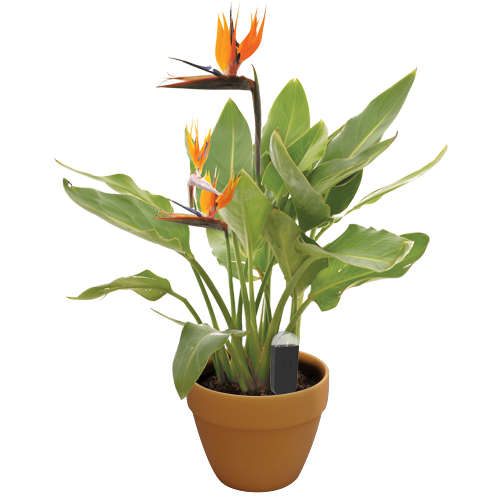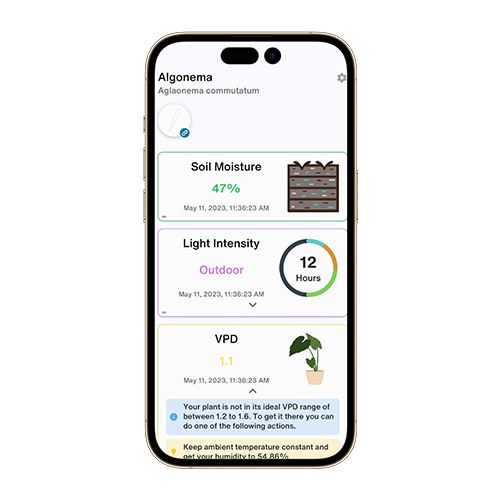Prunus triloba
TAXONOMY
FamilyRosaceae
GenusPrunus
Zone4
LEARN MORE
Plants of the World OnlineABOUT
Prunus triloba, commonly known as Flowering Almond or Double Flowering Plum, is a deciduous shrub native to China. It belongs to the Rosaceae family and the Prunus genus. This plant is known for its beautiful, double pink flowers that bloom in early spring. It prefers temperate climates and goes through a dormancy period during the winter months.
ALSO KNOWN AS
Flowering Almond
Amygdalus lindleyi
Amygdalus triloba
Amygdalus triloba var. truncata
Armeniaca triloba
Cerasus triloba
Louiseania triloba
Persica triloba
OVERVIEW
VPDCalculate
WaterMoist
SoilLoamy
LightDirect Bright (6 Hours)
Temperature20° C
Humidity50%
Dormancy3 Months
pH6.5
Pressure1,013 mbar
WANT MORE TIPS?
DETAILS
Care Instructions
Prunus triloba requires bright, direct sunlight for optimal growth. It thrives in moderate temperatures and prefers moderate humidity levels. Regular watering is essential, but the soil should be allowed to dry out partially between waterings. This plant is best suited for outdoor growth.Soil
The ideal soil for Prunus triloba is well-draining loam. It should be rich in organic matter to support healthy growth. Ensure the soil has good drainage to prevent waterlogging, which can harm the plant.Fertilizer
Use a balanced fertilizer with an N-P-K ratio of 10-10-10. Fertilize the plant in early spring before new growth begins and again in mid-summer. Avoid over-fertilizing, as this can lead to excessive foliage growth at the expense of flowers.Repotting
Repotting is generally not required for Prunus triloba as it is typically grown outdoors. However, if grown in a container, repot every 2-3 years in early spring before new growth starts. Use a well-draining potting mix and ensure the new container is slightly larger than the previous one.Propagation
Prunus triloba can be propagated through softwood cuttings taken in late spring or early summer. Dip the cuttings in rooting hormone and plant them in a well-draining potting mix. Keep the soil moist and place the cuttings in a bright, indirect light until roots develop.Pruning
Pruning is essential for maintaining the shape and health of Prunus triloba. Prune immediately after flowering to remove dead or diseased wood and to shape the plant. Avoid heavy pruning, as this can reduce the number of flowers in the following season.Toxicity
Prunus triloba is not known to be toxic to pets or humans. However, as with all plants, it is advisable to prevent pets and children from ingesting any part of the plant.Additional
Prunus triloba is a beautiful addition to any garden, especially for those looking to add early spring color. It can be used as a focal point in garden beds or as part of a mixed shrub border. Regular maintenance, including pruning and fertilizing, will ensure a healthy and vibrant plant.REVOLUTIONIZE YOUR PLANT CARE
Make Every Plant Smart

Plant Monitor
STAYS IN YOUR PLANT
Accurately measures the core metrics of your plant – soil moisture, light, temperature and humidity - as well as compound metrics such as Vapor Pressure Deficit (VPD) and Growing Degree Days (GDD).
Shop Now
